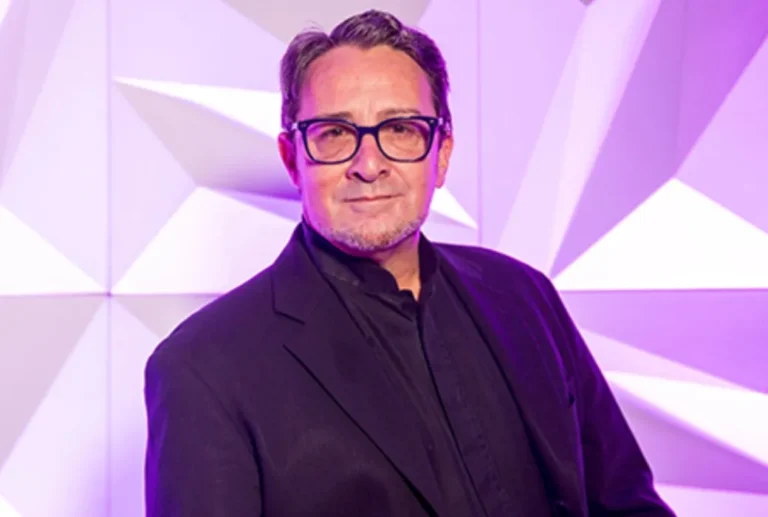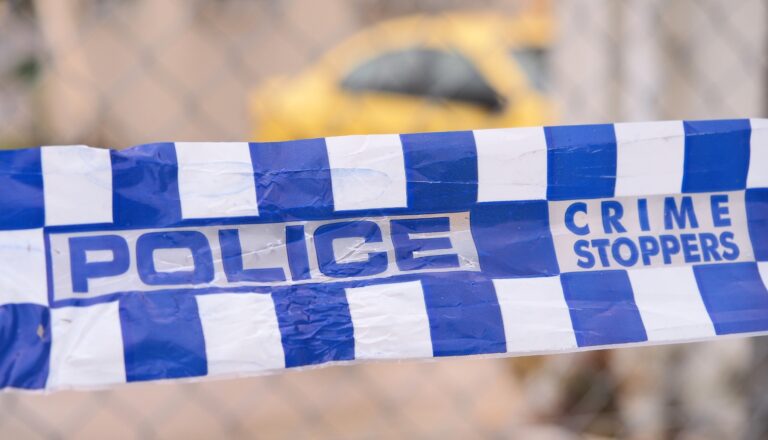
Greens underwhelm in Sydney

BY LUCAS BAIRD
Election results in the Sydney area have capped off a disappointing campaign for the Greens in the House of Representatives.
The Greens were only able to maintain their one seat in the lower house and failed to gain anymore despite targeting the inner city seats of Sydney
The Greens made a point of challenging the prominent seats of Grayndler and Sydney this election, where they were touted to come into the mainstream political line-up. Despite their high ambitions, only a small swing of 0.12 per cent was gained.
Shadow Minister for Cities, Infrastructure and Transport, and Tourism, Anthony Albanese looked most threatenned in his ability to hold the seat of Grayndler against Greens’ candidate Jim Casey
However, due to several setbacks for former firefighter including the surfacing of a video from 2014 where he advocated for a conservative government to take power to encourage more aggressive protesting, and a Daily Telegraph campaign in favour of Albanese, he did not receive a swing towards him.
Mr Casey did knock the Liberal Party out of the preference count for the seat, but received a swing against him of 11.4 per cent in 2 party preferred as Albanese soared back into Parliament by a margin of over 67 per cent.
It was better news for the Greens in the Eastern Suburbs where Dejay Toborek challenged the Prime Minister in his seat of Wentworth.
Mr Toborek was notable for his stance on gay marriage, who as a gay man himself told City Hub he felt “betrayed” by the PM for not sticking up for marriage equality.
Mr Toborek, while not making it to the preference vote, was the most successful in terms of swing for the Greens in the area, claiming a swing towards him of just under one per cent.
But this was no match for the PM who, despite receiving a swing against him of just over two per cent, held the seat by a hefty 66 per cent.
Sylvie Ellsmore challenged Labor Deputy, Tanya Plibersek in Sydney. Ms Ellsmore campaigned hard in the Sydney electorate, making appearances at student rallies and even taking up a position on a prisoners rights panel.
However, Ms Ellsmore failed to draw voters, receiving a swing of 0.1 per cent overall as Ms Plibersek retained the seat she has held since 1998 with a swing of two and a half percent, claiming the seat by a 65 per cent margin.
The nearby electorate of Kingsford Smith followed this status quo, with incumbent Labor MP, Matt Thistlethwaite retaining the seat with 59 per cent of the vote on 2 party preferred (a swing of six and a half percent). Greens’ candidate, James Macdonald, who had previously denounced Israel, only managed to gain ten per cent of the primary vote.
Political Expert at UTS, Dr Bligh Grant, said that this disappointing result for the Greens was because of the Labor Party’s effective campaign, which challenged the “Brave New World” approach by Malcolm Turnbull.
“[The Greens’] kinds of concerns were not uppermost in people’s minds when they voted,” he said.
“The strong standing of Labor is indicative of the fact that people reached for or understood Labor’s message around protecting the core services of state.”
“That clearly overrode any sentiment towards the Greens.”
However, Greens Senator Lee Rhiannon stayed positive. She drew attention to how the Greens claimed 8.61 per cent of the overall vote in NSW for the House of Representatives, a 0.66 rise from 2013.
“Our campaign teams have done a great job promoting our key election messages – climate action, refugee rights, reduce inequality, and political donation reform. This work has helped to strengthen the community campaigns on these issues,” she said.
Senator Rhiannon looks likely to hold her spot in the senate as well. But she is likely to be the only member for the Greens from NSW in the upper house as they look to retain their 6 seats.









